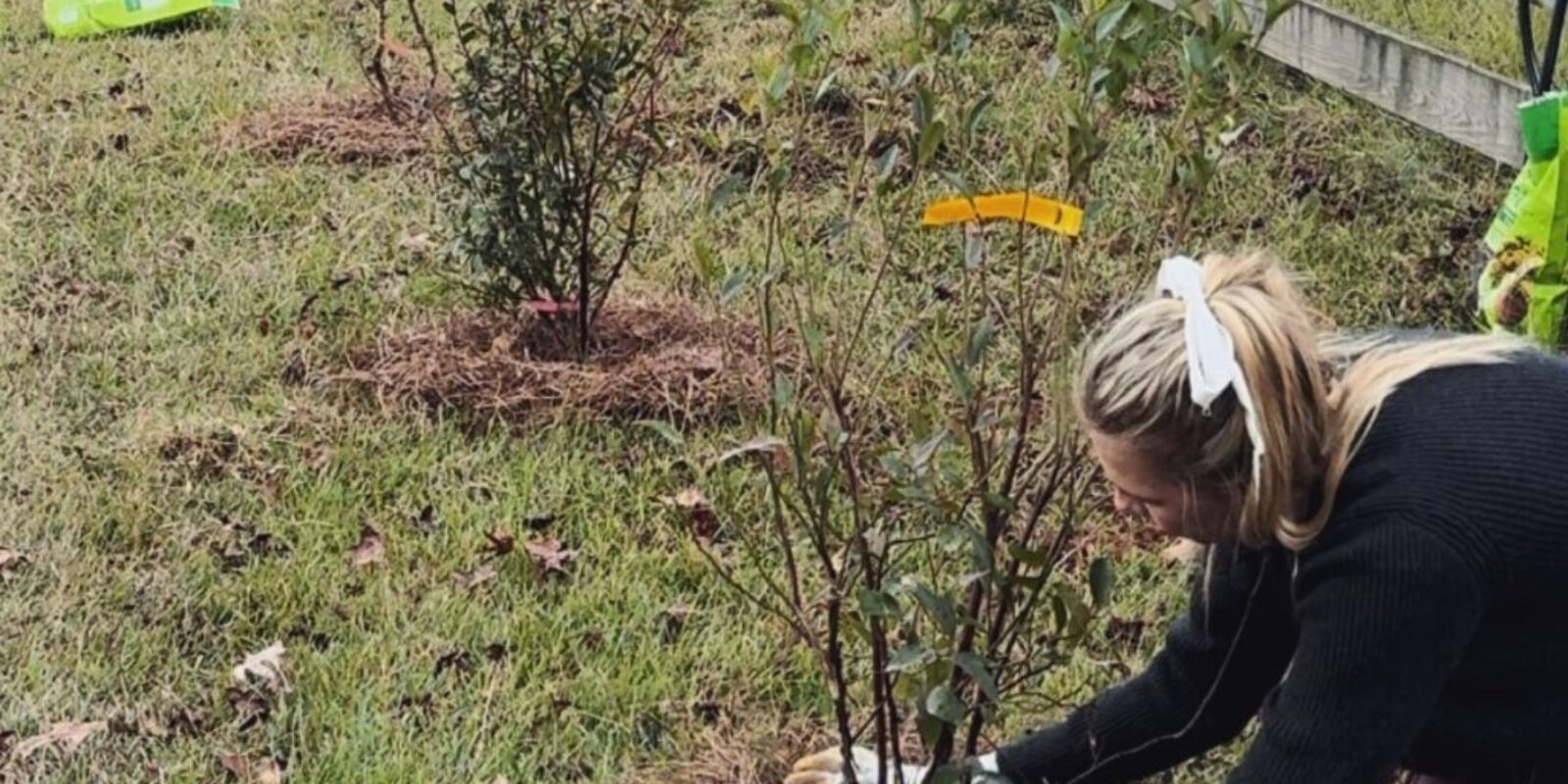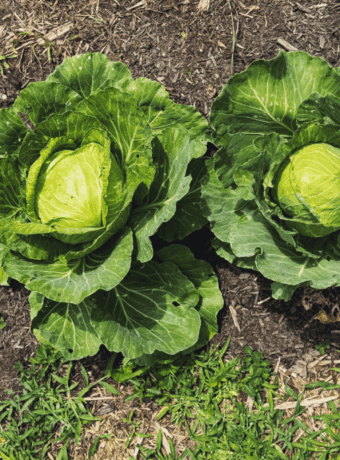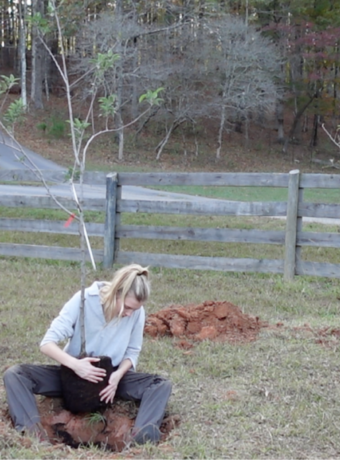How To Plant Blueberries
As an Amazon Associate, I earn from qualifying purchases. This means I may earn a small commission if you click on the links in this post and make a purchase, at no additional cost to you. I only recommend products I use and love!
Beginner’s Guide to Planting Blueberries: Sweet Success Awaits!
Calling all beginner gardeners! If you’ve ever dreamed of plucking fresh blueberries right off the bush, you’re in the right place. Let’s break down how to plant and care for blueberry bushes in a way that’s fun, simple, and totally doable. Ready? Let’s dive in!
1. Pick Your Pollinators
Blueberries need a buddy! For the best berry production, you’ll need two different varieties that cross-pollinate well. Don’t worry, this isn’t as complicated as it sounds. Most nurseries stock varieties suited for your area, and their experts can recommend great pairings.
For example, I planted Pink Lemonade and Tift Blue. Fun fact: Pink Lemonade blueberries are actually pink (amazing, right?). Other popular pollinator pairs include:
- Bluecrop and Jersey
- Legacy and Elliott
- Sunshine Blue and Patriot
Take a moment to do a little research or ask your nursery for advice. A good pairing means a bountiful harvest!
2. Acidity Is Key
Blueberries are picky eaters – they thrive in acidic soil with a pH of 4.5–5.5. Here’s how to make sure your soil hits the mark:
- Get a Soil Test: A quick test will tell you if your soil needs any adjustments. Many local extension offices or nurseries offer testing services.
- Amend Your Soil: If your pH isn’t acidic enough, you can mix in materials like peat moss or elemental sulfur. When I planted my bushes, I added peat moss and topped it off with a layer of pine straw mulch to help maintain acidity.
- Lemon Water Tip: A splash of lemon juice in your watering can every now and then can help keep the soil acidic. It’s a fun little hack that makes me feel like I’m giving my blueberries a spa day!
3. Find the Perfect Spot
Blueberries are sun lovers! They need full sun—that’s about 6–8 hours of direct sunlight a day. Make sure the spot you choose has well-draining soil, as blueberries hate soggy roots.
Here’s what to keep in mind:
- Water them regularly but avoid waterlogged soil. Aim for about 1–2 inches of water per week, broken up into a couple of sessions.
- If you’re planting in containers, ensure your pot has drainage holes and use a soil mix specifically designed for acid-loving plants.
4. Planting Time!
Now comes the fun part—planting! Follow these steps for success:
- Dig a Hole: The hole should be twice as wide and just as deep as the root ball of your blueberry plant.
- Prep the Soil: Mix in peat moss and compost or any other amendments your soil test recommended.
- Place Your Plant: Gently loosen the roots if they’re compacted and set the plant in the hole. The crown (where the stem meets the roots) should sit just above the soil line.
- Backfill: Fill the hole with your amended soil, pressing it down gently but firmly to remove air pockets.
- Mulch It Up: Add a 2–3 inch layer of mulch, like pine straw or wood chips, around the base. This helps retain moisture and keeps weeds at bay.
5. Care Tips for Happy Bushes
Blueberries are low-maintenance once established, but they still need a little TLC:
- Prune: Trim off any dead or weak branches each winter to encourage healthy growth.
- Fertilize: Use a fertilizer made for acid-loving plants in early spring and again after harvesting.
- Be Patient: It can take a year or two for your bushes to hit their stride. But trust me, it’s worth the wait!
6. Enjoy the Fruits of Your Labor
Once your blueberry bushes start producing, get ready to enjoy the sweetest rewards! Whether you eat them fresh, bake them into pies, or freeze them for smoothies, homegrown blueberries just taste better.
Planting blueberries might seem a little intimidating at first, but once you break it down, it’s as simple as pie (blueberry pie, of course). So grab your gloves, dig in, and get growing!



